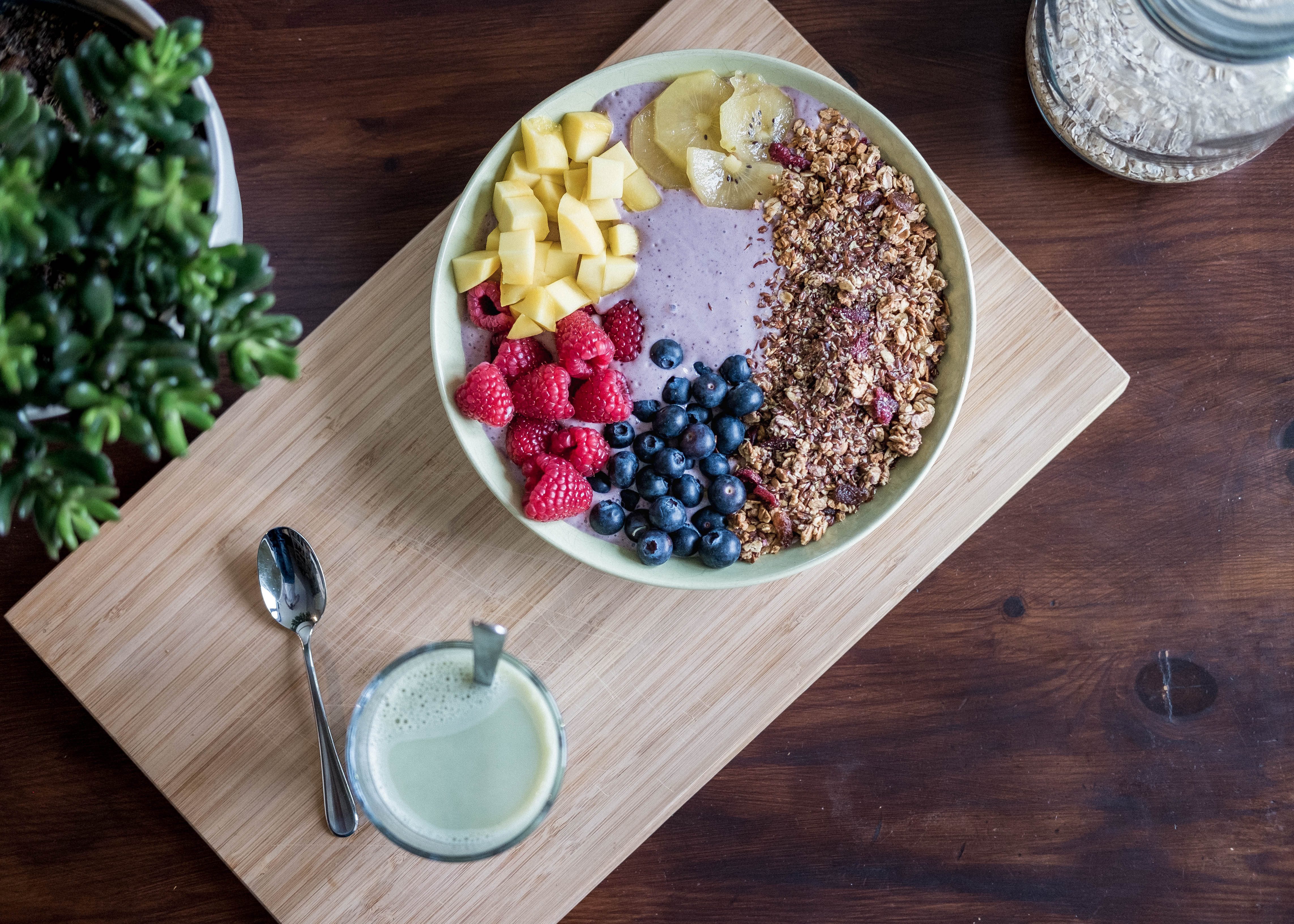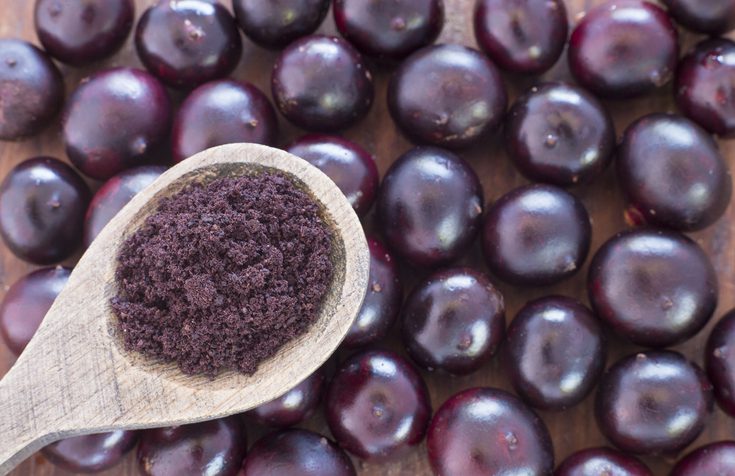How açai berries could help with hard intervals
A new study finds that the antioxidant-rich food can cause a notable reduction in blood lactate concentration during efforts

Do you find yourself gasping for air during VO2 max intervals? Are you struggling to hold a conversation on the group ride? A new study published in the European Journal of Nutrition has found that açai pulp may help with your aerobic-capacity woes.
The açai berry, fruit of the açai palm, has been a dietary staple of the Amazon River Delta for centuries and has been associated with antioxidant, anti-inflammatory and DNA-protecting effects. The fruit has rapidly grown in popularity in the past five years, likely due to its use in highly Instagrammable açai bowls, which show the poster is a proponent of healthy eating and nicely framed images.
View this post on Instagram
According to the European Journal of Nutrition study, the 1.4 million Instagram influencers who enjoyed #acaibowls may be onto something. Scientists studied the effect of açai pulp on oxidative, inflammatory and aerobic capacity markers of cycling athletes and found that participants who consumed 400 g per day of pasteurized açai pulp for 15 days experienced significantly decreased blood lactate levels during efforts. They also found that these cyclists exhibited increased serum antioxidant capacity and decreased lipid peroxidation, both indicators of overall health.
While the study only used a small sample size (and only tested on male cyclists), these results suggest that the berry, along with proper training, may help athletes achieve a greater aerobic capacity. Even if the berries don’t work for you, perhaps you’ll find a new love for artistic health-conscious Instagram accounts.

